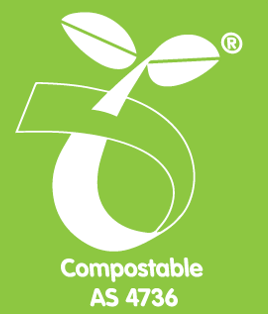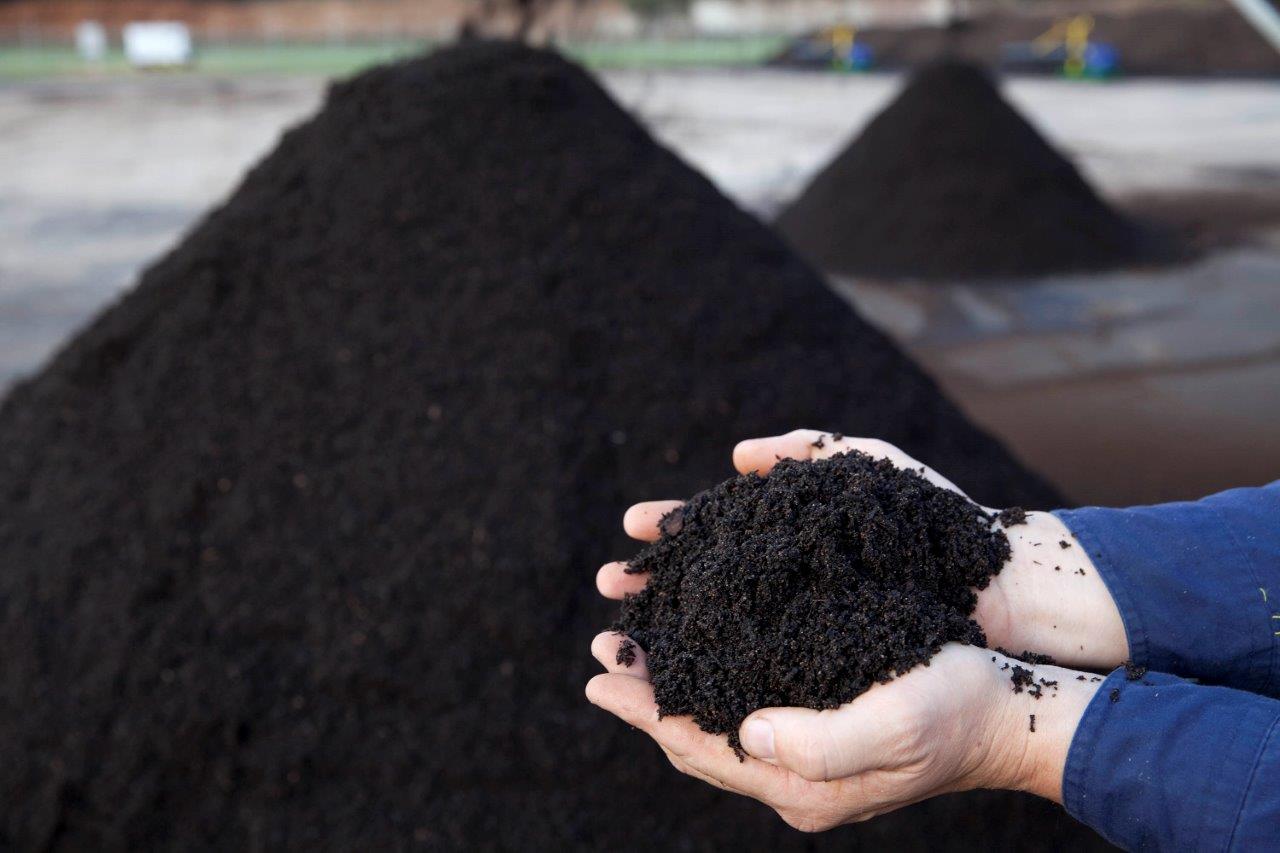Food Organics and Garden Organics (FOGO) is a kerbside collection service that allows food to be added to the existing greenwaste bin so it can be recycled into top quality compost, instead of being disposed of in landfill.
As a general rule for your FOGO Bin, if it lives or grows, in it goes!
The WA State Government requires all local governments in Perth and Peel to move to FOGO by 2025. The adoption of FOGO was part of the City’s ongoing commitment to reduce waste and reduce greenhouse gases.
The following are the key objectives.
- Minimise waste and maximise resource recovery from all waste streams.
- Provide a cost-efficient waste management service to ratepayers.
- Educate the community about the benefits of waste management.
- Identify innovative waste treatments which will further minimise waste to landfill.
According to the City’s waste audits, around 50% of our household waste is food scraps and garden organics. The FOGO bin makes it easy for you to separate this material so that it can be turned into compost instead of going to landfill.
The new FOGO bin service incorporating food organics will assist in achieving over 65% of the State Government’s waste recovery target with comparison to the City’s current recovery rate of 51%.
The City supplies a 7L kitchen caddy along with certified compostable caddy liners to each household with a waste service. The caddy can be used to collect food scraps before taking them out to the FOGO bin.
If you purchase additional liners please ensure they are certified compostable and display this symbol.

The kitchen compost caddy is a countertop style bin – making it convenient to have near your chopping board or sink for easy access when chopping vegetables or other fresh food.
Here’s how to use your caddy:
- Line your kitchen caddy with a compostable liner, newspaper or nothing.
- Place your food scraps in the caddy.
- Ensure the lid is kept closed to avoid attracting insects or odour.
- Every two to three days or when your caddy is full, transfer your caddy contents to the green lidded organics bin.
- Although optional, it is recommended to rinse and dry your kitchen caddy after emptying (especially if you go liner free) in between emptying your caddy. Your caddy is also dishwasher safe.
Please ensure only compostable bin liners are used.
If you move out, please leave the kitchen caddy behind for the new residents.
Lime Green lid (FOGO bin) collected WEEKLY
If it didn't live or grow It's not FOGO. Only food, garden waste, paper products and council supplied compostable liners go into your FOGO bin
Do :
- Bread and diary
- Fruit and vegetables
- Meat, bones, and seafood
- Prunings and leaves
- Dog poo, kitty litter, paper towel, serviettes and tissues
Don’t:
- No aerosol cans or gas bottles
- No batteries or electronic waste
- No clothes or textiles
- No materials in bags
- No glass
- No metal
Yellow Recycling Bin – Collected FORTNIGHTLY
Do:
- Glass bottles and jars (clean and empty)
- Paper (not shredded)
- Cardboard (flattened)
- Plastic bottles and containers (clean, empty, no lids)
- Steel and aluminum cans (clean and empty)
All items should be clean, dry and empty with lids removed and placed in the bin loosely.
Don’t
- No aerosol cans or gas bottles
- No batteries or electronic waste
- No clothes or textiles
- No garden or food waste
- No materials in bags
- No nappies
- No plastic bags or films
- No ropes, cables or hose
Red lid General Waste bin – Collected FORTNIGHTLY
This bin is mainly for things that can't be composted or recycled.
Do:
- General rubbish items
- Hygiene products
- Nappies
- Plastic bags
- Polystyrene and soft plastic
Don’t’:
- No food organics or garden organics
- No clean recyclables
- No hazardous waste
For a full A-Z list of what goes in which bin, visit our information page and also Materials A-Z – Recycle Right
The City encourages you to install the Recycling Right App, which covers all three-bin system in WA and provides additional disposal options for items that cannot be placed in your kerbside bins.
Yes, FOGO is available for businesses, for more information, please contact the City on 9273 3500.
We encourage residents to continue using your compost bin, bokashi or worm farm. You can use your FOGO bin for items you can't put in your home compost bin such as bones, meat, seafood and excess garden waste. If you use bokashi, you can put the waste material from the bokashi bin into the FOGO bin after it has fermented (if you have nowhere to bury it).
The lime green lid FOGO bin will be collected weekly so it shouldn’t smell any more than your rubbish bin does now.
Your red lid rubbish bin will be collected fortnightly. Most items that cause odours can go in the FOGO bin, with a couple of exceptions, such as disposable nappies.
Wrapping food scraps in newspaper helps reduce smells or you can use compostable bags. Layering food waste with dry materials, like lawn clippings or paper, can also help. Freeze particularly odorous food scraps, like seafood, and put them in the organics bin the night before collection.
Here are some helpful tips to reduce odours in your FOGO bin:
- Put your FOGO bin out every week, even if it’s not full.
- Wrap food scraps in newspaper.
- Layer food waste with dry materials, such as leaves, shredded paper and soiled cardboard will help absorb liquids.
- If possible, allow lawn clippings and garden cuttings to dry out to prevent moisture build up.
- Freeze particularly odorous food scraps, like seafood and meat, and put them in the organics bin the night before collection.
- If you have space, keep your entire caddy in the freezer.
- Keep your bins in the shade and ensure lids can properly close by not overfilling the bin.
- Sprinkle baking soda, kitty litter or lemon juice in the bin after emptying.
FOGO collected in the City of Nedlands is taken to Veolia’s Bibra Lake Organics Facility where it is screened to remove contamination. The cleaned organics are then transferred in bulk to Veolia’s North Bannister Organics Facility for composting.
Veolia’s organics facility produces “Vitagro Soil Conditioner” from household and commercial organics which is used by horticulture, agriculture, mining, civil works and commercial landscaping.
Each and every batch of compost produced at the facility is tested against the Australian Standard AS4454 requirements for composts, mulches and soil conditioners. Compost produced at the North Bannister organics facility is Australian Standard AS4454 certified, Smart WaterMark approved and NIASA nursery accredited.

Although some bioplastics may be marked compostable or biodegradable, they aren't accepted in the FOGO bin. This is due to the fact they look identical to the plastic based equivalent and cannot be differentiated in the sorting process. Many solid bioplastics like cutlery also take longer to breakdown than the total FOGO composting process allows for (approximately 6 weeks).
Bioplastics should be placed in your red lid general waste bin. Please opt for a reusable alternative like a keep cup or reusable cutlery set whenever possible.
For further information on your bin services, please contact the City on 9273 3500
Please complete a customer request form.